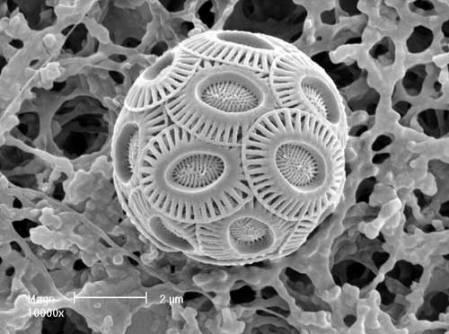Palaeoenvironmental analysis of a Mesolithic-Neolithic sedimentary sequence from Queens Sedgemoor, Somerset
Dr Tom Hill – NHM
23 Sept - 4.00 pm
Earth Sciences Seminar Room (Basement, WEB 05)
A sediment core extracted from Queen’s Sedgemoor, Somerset Levels, has undergone high resolution radiocarbon dating. Subsequent directed micropalaeontological (palynological, diatom and calcareous microfossil) analyses focussed on the sedimentary sequence associated with the Mesolithic and early Neolithic periods.
This talk summarises the radiocarbon results and associated multiproxy analyses for the sedimentary sequence. Radiocarbon dating has identified a sequence dating back to the Mesolithic period (7.6ky BP). Microfossil evidence indicates hydroseral succession has taken place, with the initial establishment of a freshwater lake, prior to undergoing terrestrialisation and eventually developing into a raised bog.
Holocene sea-level change also influenced the sedimentary archive. Due to a rise in relative sea level c. 6.7ky BP, subsequent coastal inundation and estuarine sedimentation took place, hereby associated with the Lower Wentlooge Formation of the Somerset Levels. Poor microfossil preservation was encountered within the section associated with the Mesolithic-Neolithic transition, but a clear picture of landscape change is presented for the sedimentary archive, with microfossil and microscopic charcoal evidence indicative of landscape modification by humans since the late Mesolithic.
More information on attending seminars at http://www.nhm.ac.uk/research-curation/news-events/seminars/



